These Five Halloween Monsters Exist For Dark Reasons

By:
The time is neigh for ghosts and ghouls to be set loose upon our streets, visiting the homes of quiet neighborhoods in search of Halloween candy. You'll see children roam in costumes that call back ancient monsters, many of which form part of our mythological history.
Behind each monster, however, there is a story and grain of truth. As the saying goes, sometimes reality is stranger (and spookier) than fiction.
Here are the real histories of five classic monsters.

1. Vampires
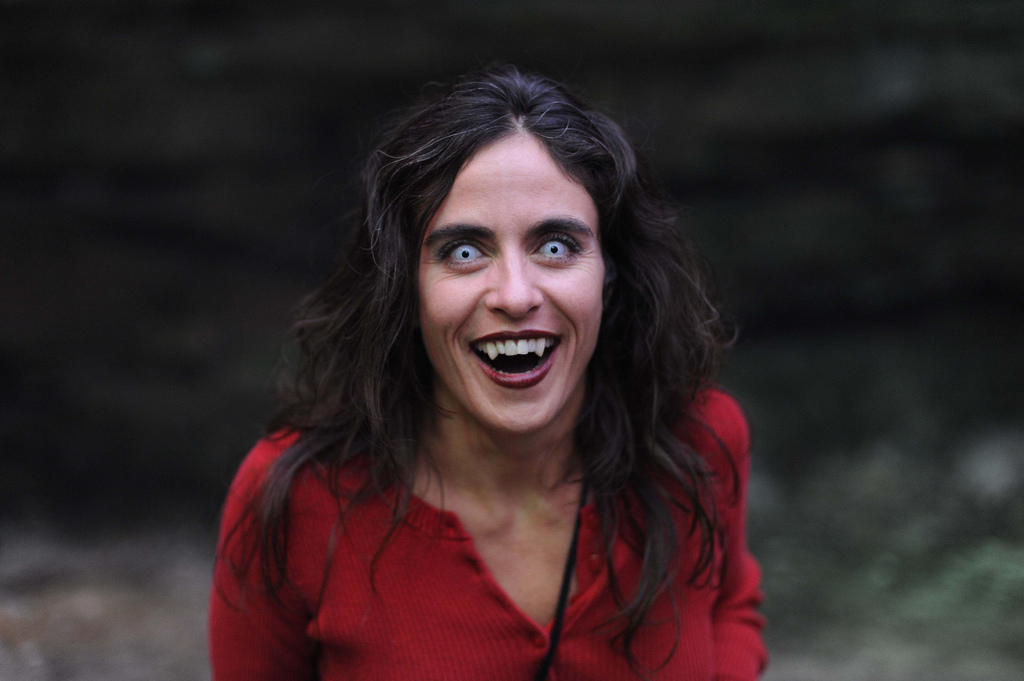 Flickr/Malcolm McClendo - flickr.com
Flickr/Malcolm McClendo - flickr.com
The pale, blood-sucking, cape-wearing creatures that have been the stuff of Hollywood nightmares for decades have a disturbing history. Most scholars trace their origin in America to the mid 1800s, when some New England families started exhuming dead relatives from their graves and burning their hearts, lungs, and other organs. They were trying to prevent these corpses, which had died from tuberculosis (or "consumption") from sucking the life out of the living. Yes, before modern science, people mistook tuberculosis for vampirism.
2. Werewolves
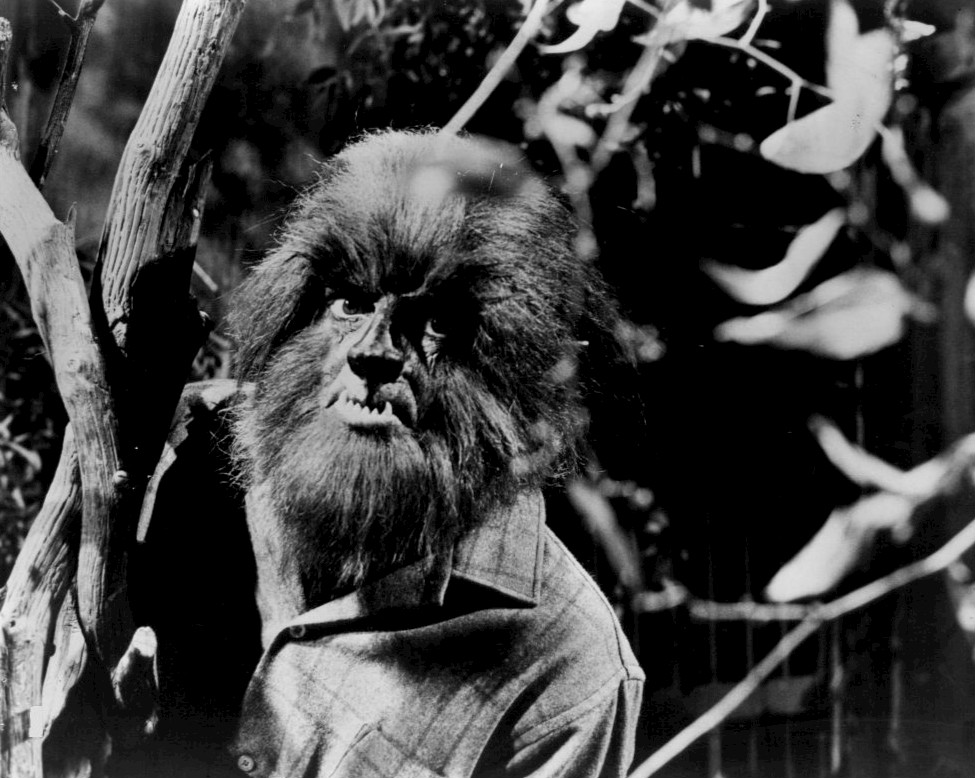
The folkloric origins of the werewolf date back to the Middle Ages, but around the time that alleged witches were being put on trial, these shape-shifting monsters were also being persecuted. In reality, those accused of lycanthropy (transforming into a wolf), were often serial killers and cannibals, as was the infamous case of Peter Stumpp, the "Werewolf of Bedburg" who had been accused of murdering and eating at least 18 men, women, and children in the late 16th century. He was caught, convicted, tortured, burned, dismembered, beheaded, and effectively executed on October 31, 1589.
3. Witches
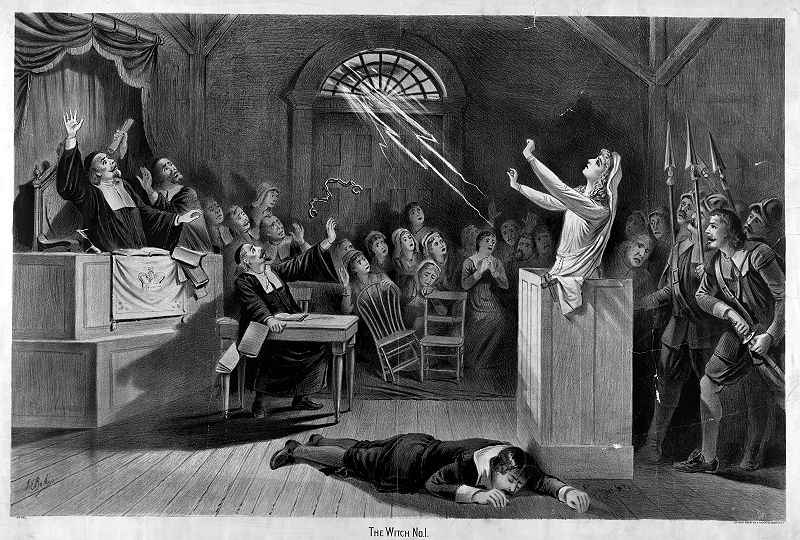 Wikimedia - wikimedia.org
Wikimedia - wikimedia.org
One of the most iconic characters of Halloween—and American history—witches weren't always the cackling, green-skinned women in all black that popular culture has designated them to be in the modern era. The concept of a witch was truly feared, especially between the 15th and 17th century: they were supposedly souls who had made deals with the devil and caused all kinds of trouble and tragedy for those who interacted with them. Fear drove many to launch witch hunts, perhaps the most well-known example being the Salem witch trials.
Between 1692 and 1693, 20 accused witches were executed in Salem, Massachusetts. It remains one of the most famous instances of mass hysteria in recorded American history.
4. Zombies
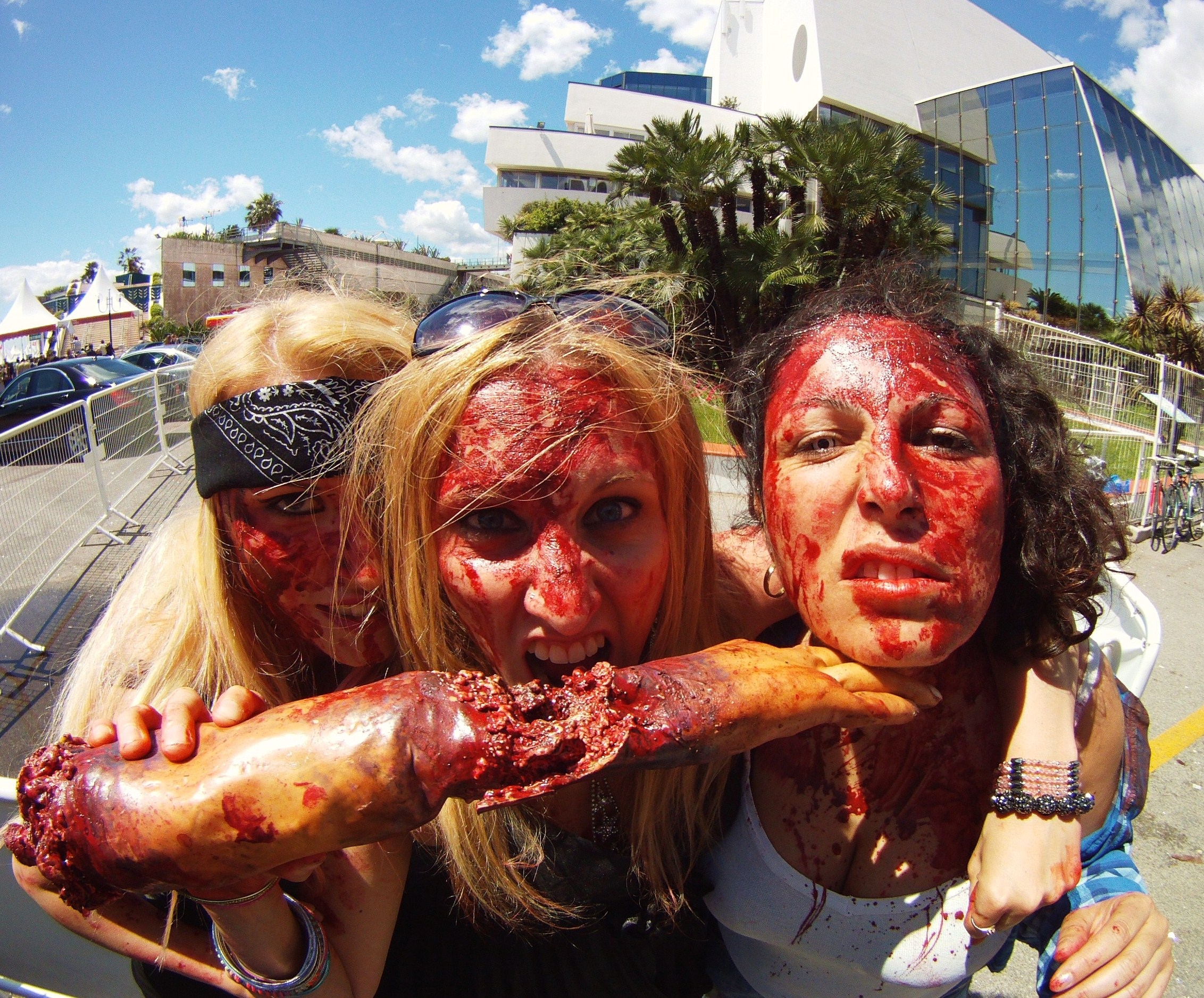
The fear of the undead rising from their graves to feed on human flesh actually harkens back to Haitian folklore, which included accounts of dead bodies being brought back to life with magic. Practitioners of Haitian Vodou were thought to reanimate bodies from their graves, guiding them to the afterlife—but if these corpses had offended the Vodou diety, he'd curse them to spend an eternity on earth as an undead slave, or "zombie."
5. Frankenstein
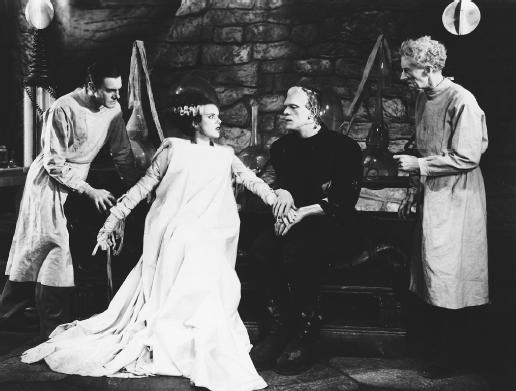 Wikimedia - wikimedia.org
Wikimedia - wikimedia.org
Mary Wollstonecraft Shelly's 1818 novel, Frankenstein, follows the unorthodox experiments of a young science student named Victor Frankenstein, who creates a living monster by grafting together body parts from cadavers and applying electricity. Literary researchers have speculated that Shelly based her novel on the haunting, real-life stories of Johann Conrad Dippel, a German alchemist who was born at Castle Frankenstein in 1673. Dippel was rumored to have robbed graves in order to experiment on cadavers, attempting to transfer souls from living bodies to long-dead corpses. This was once common practice among alchemists in Europe.
